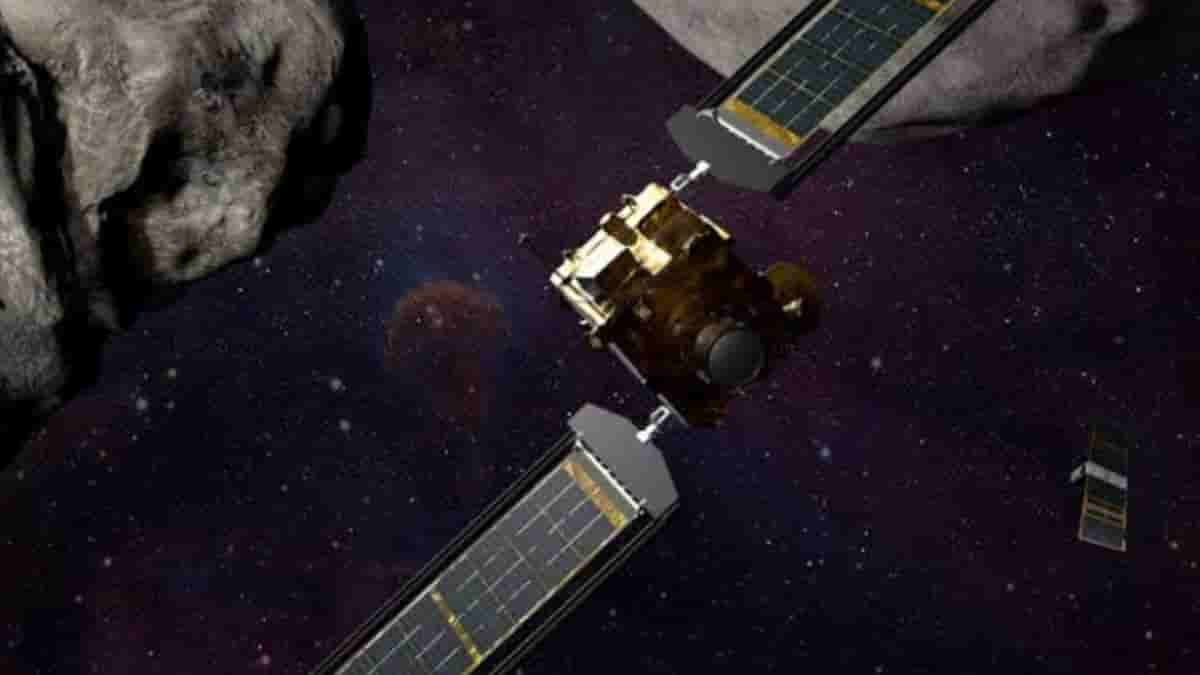DART’s optical cameras tested prior to DART mission

Last Week, LICIACube, an optical camera, or the camera companion to DART spacecraft captured certain striking pictures of a crescent Earth and the Pleiades star cluster, which is labelled as the Seven Sisters.
This session was a part of the process meant to calibrate the miniature spacecraft and its cameras.
DART is NASA’s Double Asteroid Redirection Test. On Monday, it will mark in the history the first planetary defense test.
The Italian Space Agency (ASI) contributed the LICIACube.
LICIACube took off from the DART spacecraft on September 11. It is also called as the spacecraft’s mini photographer.
The camera is programmed to capture the effects that DART’s impact brings in. Additionally, it will capture distinct pictures of the asteroid surface and the debris ejected from the newly formed crater. LUKE (LICIACube Unit Key Explorer) and LEIA (LICIACube Explorer Imaging for Asteroid), the two optical cameras will execute the mentioned actions.
Both the cameras will accumulate scientific data as to inform the microsatellite’s autonomous system. They will do so by finding the asteroid Dimorphos and then tracking it throughout DART’s encounter.
The LICIACube will fly past Dimorphos on Monday. The goal of the CubeSat is to confirm the impact of the spacecraft, observe the evolution of the plume that will be ejected and additionally capturing images of the newly formed impact crater, while also imaging the opposite hemisphere of Dimorphos that DART won’t ever notice.
ASI is managing the LICIACube project.


